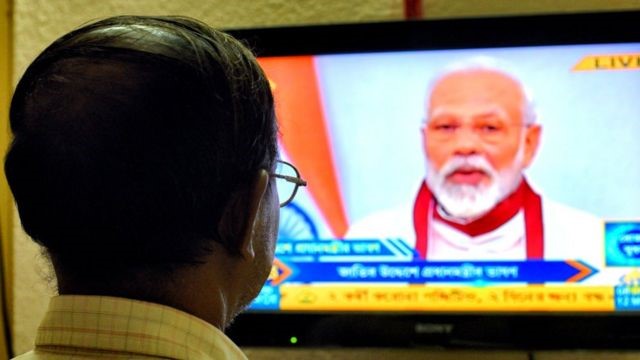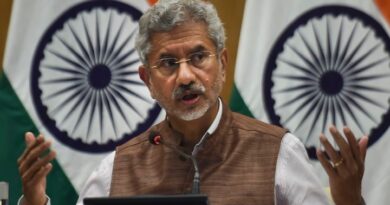What is TRP and why is there so much panic among the channels about it?
The Mumbai Police says that they have uncovered a racket trying to increase the TRP of the channel by paying money.
According to the Mumbai Police, so far it has been learned about the alleged involvement of three channels in it.
The police, taking the name of Republic TV, said that they have tampered with the TRP system. However, Republic TV has rejected all these allegations.
But in the meantime, the question arises that what is TRP and why for television?
Is important?
TRP is a special tool for television rating points to assess which programs or channels are most viewed on TV. It shows the choice of the people and it is directly related to the program shown on TV.
Companies and advertising agencies take advantage of this rating because it helps them decide which programs can be seen more during their programs.
This means that the program or TV channel will get more advertisements at the forefront of TRP ratings, that is, it will get more money.
Although the recommendations made by TRAI in 2008 related to television audience measurements, “a rating system was created for the advertiser to get full returns on his or her money, but these were the benchmark for prioritizing television and channel programs.” It has become, like what is being seen in limited numbers, people will also like it on a large scale. “
Who gives television ratings?
In 2008, TRPs used to give TRP ratings on a commercial basis to TAM Media Research (TAM) and Audience Measurement and Analytics Limited (AMAP).
According to the Telecom Regulatory of India (TRAI), the work of these two agencies was not only limited to a few big cities but also limited panel size for audience measurement.
In the same year, TRAI recommended the Broadcast Audience Research Council (BARC) for self-regulation led by industry representatives from the Ministry of Information and Broadcasting.
After this, Bark came into existence in July 2010. Even after this, the work of giving television ratings continued only by TAM whereas AMAP stopped this work.
Meanwhile, the round of discussions on this issue continued. In January 2014, the government issued policy guidelines for television rating agencies and under this, in July 2015, BARC was recognized for granting television ratings in India.
Since Tam did not register for this in the Ministry of Communications, he stopped this work. With this, BARC became the only agency in India to provide television ratings.
BARC includes the Indian Broadcasting Foundation, the Indian Society of Advertisers and the Advertising Agency Association of India as representatives of the industry.
How is the rating done?
BARC works on two levels for rating –
First, a large-scale survey is conducted about what is being seen in television in homes. For this, a special meter is put on the TV which keeps track of the channel being watched on television.
Secondly, to know what people like to watch more, data on which channels and programs are run on TV sets on restaurants and food shops are also collected.
Currently, data on TV programs are collected from 44,000 households. BARC is trying to increase this target panel to 55,000 by 2021. At the same time, the total sample size for restaurants and food shops is 1050.
The data collected is released every week.
Rating related to advertising
According to official figures, India is a country of 1.3 billion people with more than 19.5 million television sets in their homes.
According to experts, this is a big market and for this reason advertising is very important to reach people.
According to an FISCI report, while Indian television earned 243 billion in advertising revenue in 2016, the subscription received 90 billion. By the year 2020, this figure has increased to 368 billion from advertising and 125 billion from subscription.




